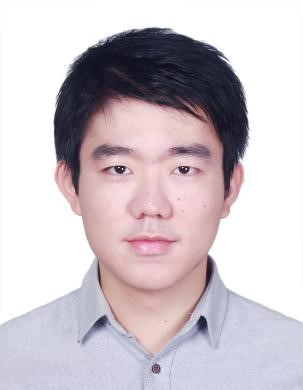Abstract:
The state of the ultra-dense matter remains one of the long-standing open questions. Neutron star (NS), as it cools down the eons ahead after the birth in the supernova explosion, provides an astrophysical laboratory to investigate the dense, strongly interacting nuclear matter at zero temperature. On the other hand, the most intense gravitational wave (GW) radiation is produced in regions of the strong gravitational field by coherent movements of masses with large compactness. Therefore, GW from binary neutron star (BNS) merger naturally contains the information from the ultra-dense matter. We performed the BNS merger simulations with EOSs in the quark-hadron crossover (QHC) picture, where a smooth transition from the hadronic phase to the quark phase takes place at finite baryon density. Different from the phase transition, QHC generally predicts a peak in sound speed vs. density and so releases more pressure during the transition. I will first briefly introduce QHC EOSs and the BNS merger. I will then focus on how information on the hadron-quark transition shows in the GW and its spectrum during the BNS merger.

